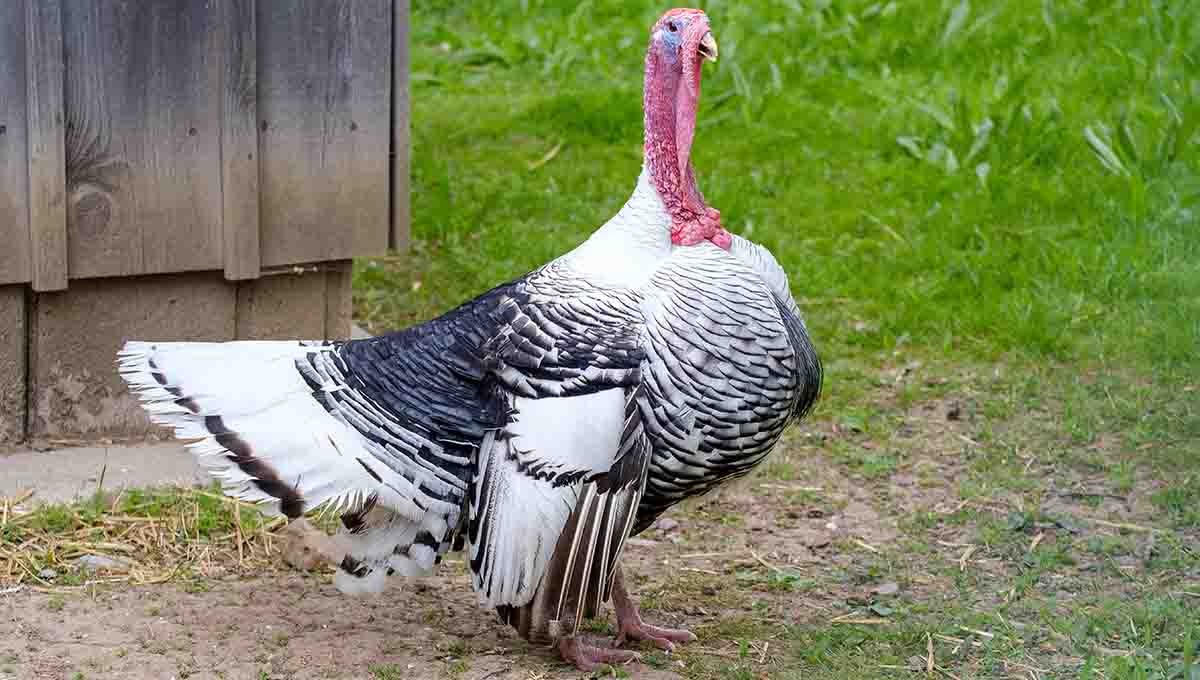Hatching turkey eggs in an incubator is similar to hatching chicken eggs but comes with a few unique considerations. If you’re new to hatching turkey eggs or looking for ways to improve your success rate, this guide will walk you through the essential steps to ensure a successful hatch.
Step 1: Preparing the Incubator
Before setting your turkey eggs, ensure your incubator is sanitized, set up, and running at least 24 hours in advance. This helps stabilize the temperature and humidity before placing your eggs inside. Since turkey eggs are larger than chicken eggs, consider investing in larger turning rails or trays for automatic turning systems.
Step 2: Setting the Right Environment
To achieve a successful hatch, you must maintain proper temperature and humidity levels throughout the incubation process:
- Temperature:
- Forced-air incubator (with a fan): 99.5°F (acceptable range 99-100°F)
- Still-air incubator (no fan): 100-101°F
- Humidity:
- First 25 days: Maintain 50-60% relative humidity
- Final 3 days: Increase to 65-70%
Always use a reliable thermometer and hygrometer to cross-check your incubator’s digital display.
Step 3: Setting the Eggs
If your eggs are shipped, do not place them directly into the incubator. Let them rest for 24 hours at room temperature with the pointed end down.
If you are collecting fresh eggs for incubation, you can hold them for up to 10 days by keeping them in a quiet spot and tilting them every 12 hours to prevent the embryo from sticking to the shell membrane.
Step 4: Incubation (Days 1-25)
During the first 25 days:
- Turn the eggs at least every 8 hours, with more frequent turning improving hatch rates. Automatic turners can help maintain consistency.
- Monitor and maintain stable temperature and humidity levels.
- Candle the eggs at Day 14 to check for developing embryos. Remove any non-viable eggs to prevent contamination.
Step 5: Lockdown (Days 26-28)
The final three days of incubation are called “lockdown.” During this period:
- Stop turning the eggs to allow the poults to position themselves for hatching.
- Increase humidity to 65-70% to assist the poults in breaking through the shell.
- Avoid opening the incubator until all poults have hatched and dried.
Step 6: Hatch Day
By Day 28, you may hear peeping from inside the eggs and see movement. Hatching is a slow process, often taking up to 24 hours. Once hatched, leave the poults in the incubator until they are fully dry and fluffy before transferring them to a pre-warmed brooder.
Step 7: Cleaning Up
Once all poults have been moved, clean and disinfect the incubator following the manufacturer’s instructions.
Ready to Start Hatching?
Hatching turkey eggs takes patience, careful attention, and a dedication to creating the ideal environment for your poults to develop. With proper preparation and care, you can experience the joy of successfully hatching healthy turkey poults. Whether you’re hatching as a hobby or for a small farm, following these steps will set you up for success.
Ready to start your journey? Browse our shop to find quality hatching eggs from our trusted vendors!



